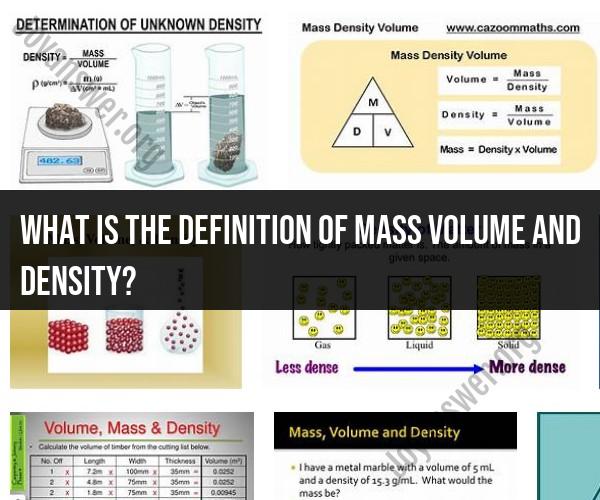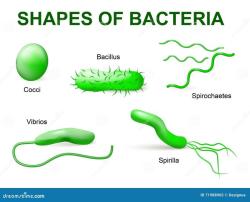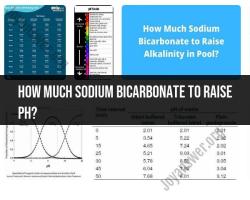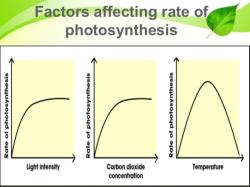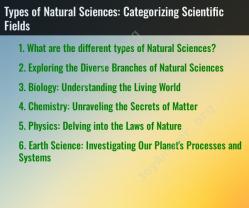What is the definition of mass volume and density?
Understanding the Concepts of Mass, Volume, and Density: Definitions and Relationships
1. Mass:
Definition: Mass is the measure of the amount of matter in an object. It is an intrinsic property and is typically measured in kilograms (kg) or grams (g).
Key Points:
- Mass remains constant regardless of an object's location.
- Mass is additive, meaning you can add the masses of individual objects to find the total mass.
- Common tools for measuring mass include balances and scales.
2. Volume:
Definition: Volume is the amount of space occupied by an object or substance. It is typically measured in cubic meters (m³) or liters (L).
Key Points:
- Volume varies based on the shape and size of an object.
- It is an extensive property, meaning it can change based on the quantity of the substance.
- Volume is often measured using geometric formulas for regular shapes or by fluid displacement for irregular shapes.
3. Density:
Definition: Density is the mass per unit volume of a substance and is typically expressed in kilograms per cubic meter (kg/m³) or grams per cubic centimeter (g/cm³).
Key Points:
- Density reflects how closely packed the particles or molecules are within a substance.
- The formula for density is: Density (kg/m³) = Mass (kg) ÷ Volume (m³).
- Objects with higher density are typically heavier for their size.
Relationships:
Mass and Volume:
- Mass and volume are related but distinct properties. Mass tells you how much matter an object contains, while volume tells you how much space it occupies.
- You can calculate an object's density by dividing its mass by its volume: Density = Mass ÷ Volume.
- For example, a brick and a feather can have the same volume, but the brick has much greater mass and, consequently, a higher density.
Density and Buoyancy:
- Density is crucial in understanding the behavior of objects in fluids (liquids or gases).
- An object will float in a fluid if it is less dense than the fluid (e.g., a buoyant balloon in the air).
- Conversely, an object will sink if it is denser than the fluid (e.g., a stone in water).
Density and State Changes:
- The density of a substance can change with temperature and pressure. For example, water is denser as a liquid than as ice.
- Understanding how density changes with temperature and pressure is important in fields like chemistry and geology.
In summary, mass, volume, and density are fundamental concepts in physics and science. Mass measures the amount of matter, volume quantifies the space occupied, and density describes the compactness of matter within a given space. Understanding their relationships and applications is crucial in fields ranging from physics to engineering to everyday problem-solving.
